1431
Joan of Arc is burnt at the stake.
Joan of Arc is burnt at the stake.
Count John IV of Katzenelnbogen plants the first Riesling vineyard.
Brandy is created in Katzenelnbogen, between Frankfurt and Koblenz.
The Inca Empire spreads along the West coast of South America.
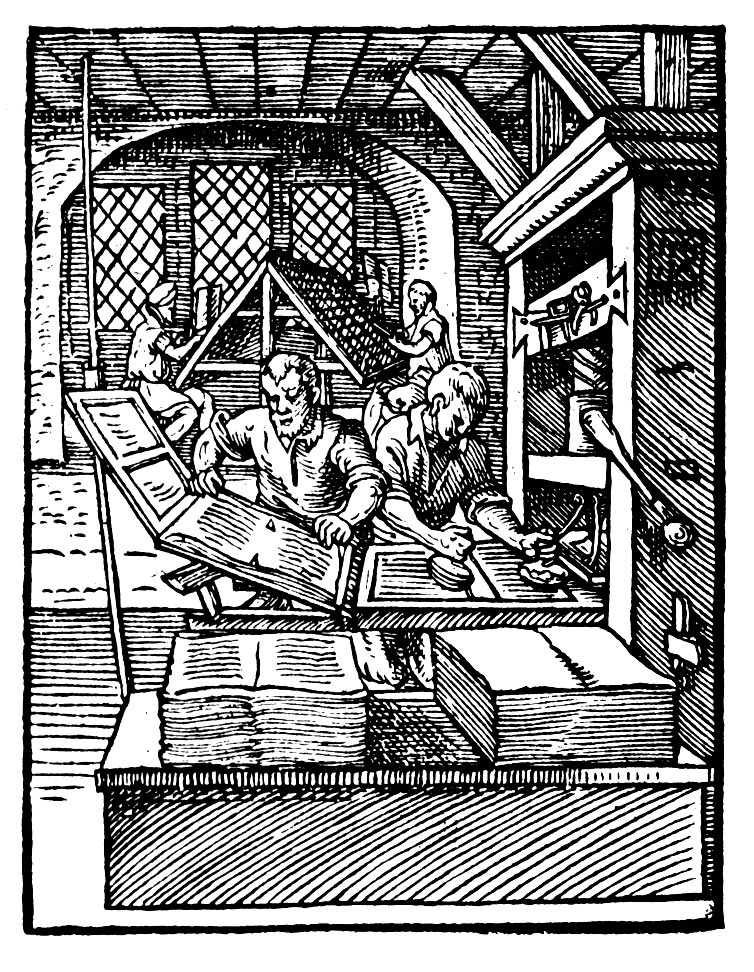
Johannes Gutenberg invents the printing press.
Antao Gonclaves sails to Cape Bronco in West Africa and takes two slaves, helping to launch the Portuguese slave trade.
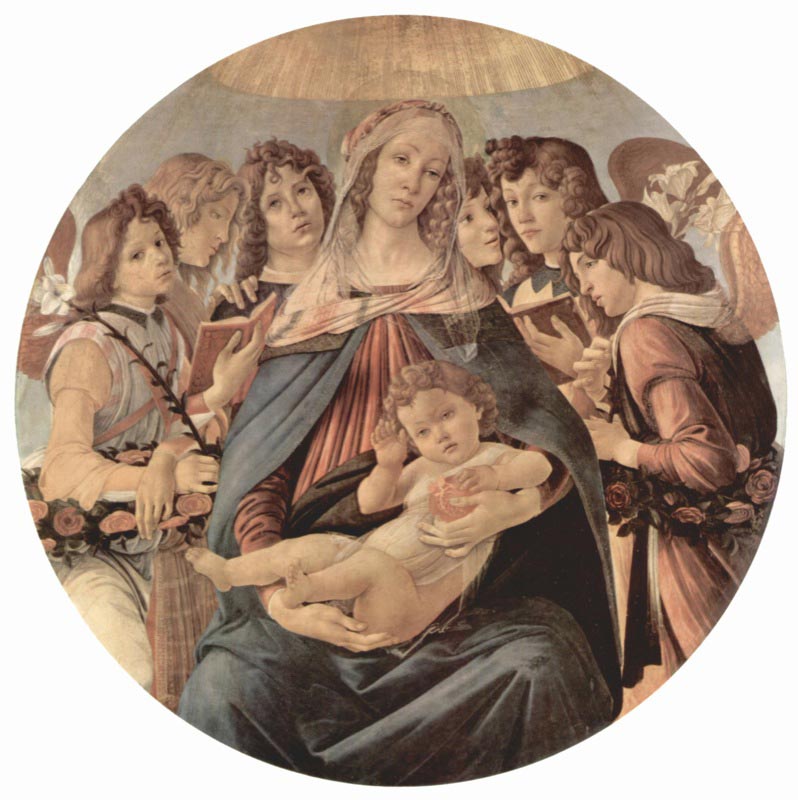
Sandro Botticelli.
French forces recapture Rouen from the English.
The alphabetic movable type printing press is invented by Johann Gutenberg.
Murata Shuko, a Japanese Zen Buddhist monk, introduces the Japanese Tea Ceremony.
Possett becomes a popular drink in Britain, seasoned with nutmeg or ginger.
Machu Picchu was constructed at about this time.
French forces recapture Caen, Bayonne and Bordeaux.
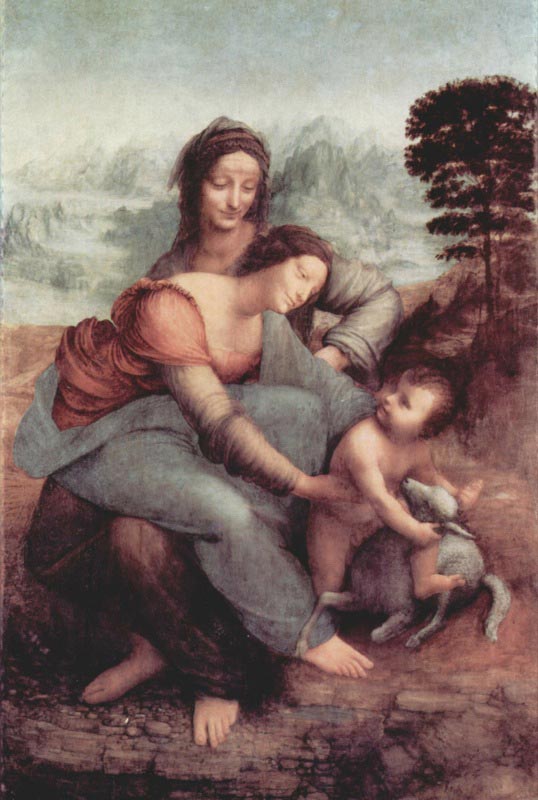
Leonardo da Vinci.
Frederick III, Duke of Austria and King of Germany, is made Holy Roman Emperor.
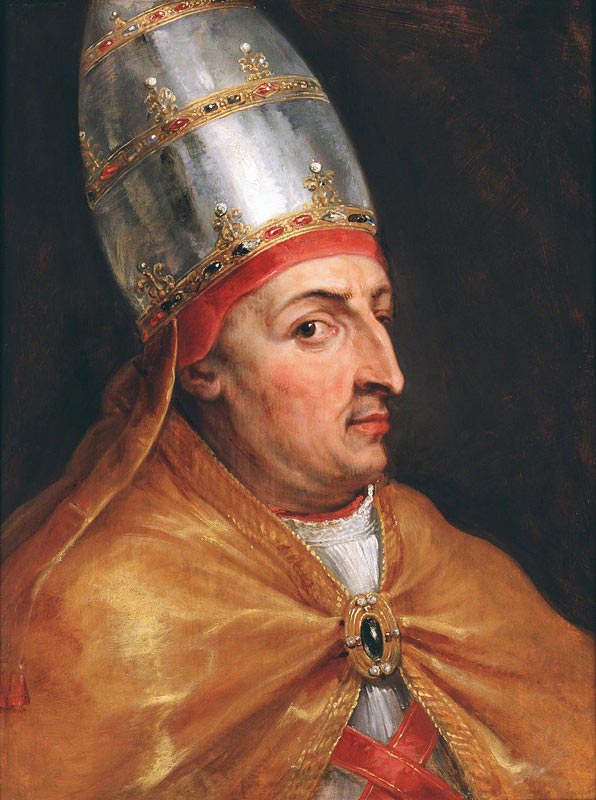
The Slave Trade is sanctioned by the Pope.
The Ottoman Turks under Mehmet II capture Constantinople and bring Venice's commercial dominance to an end. Turkey now dominates the Spice trade.
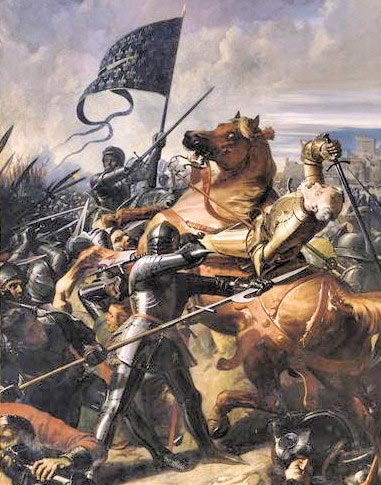
Battle of Castillon - a decisive victory for Charles VII of France over the English forces, which ends the Hundred Years War. England withdraws from France save for Calais and the Channel Islands.
The War of the Roses in England leads to the accession of the Tudor monarch, Henry VII.
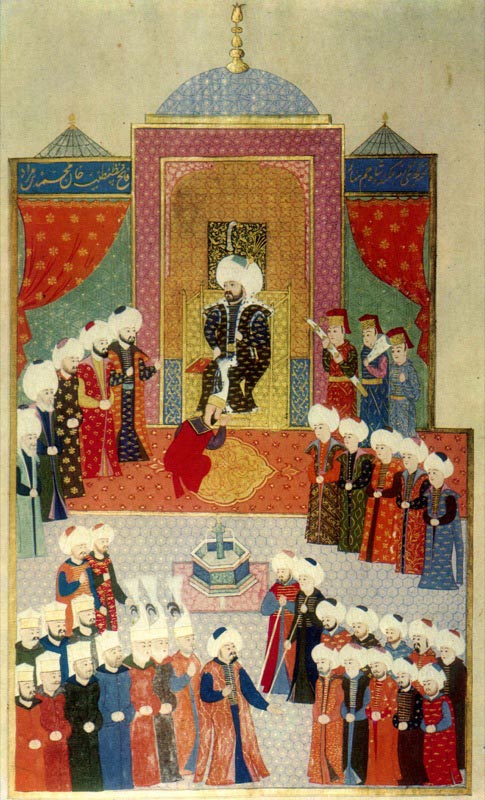
Mehmet II expands the Ottoman Empire capturing Serbia, Bosnia, Albania and Otranto in Italy.
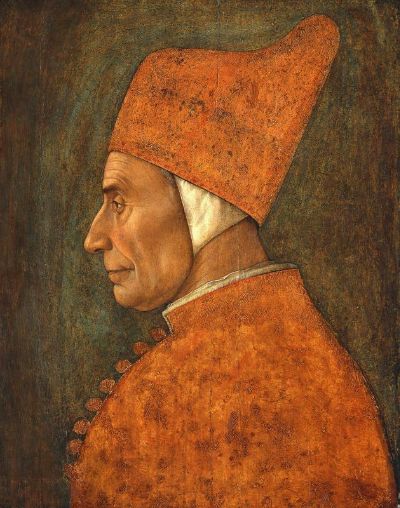
Sultan of Egypt sends Pasquale Malipiero, the Doge of Venice, a diplomatic gift of 20 pieces of blue and white porcelain.
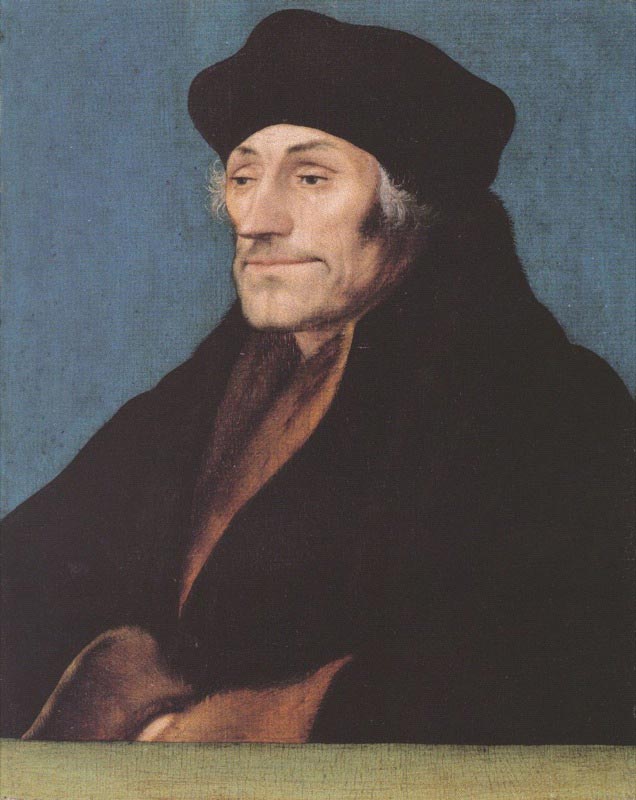
Desiderius Erasmus.
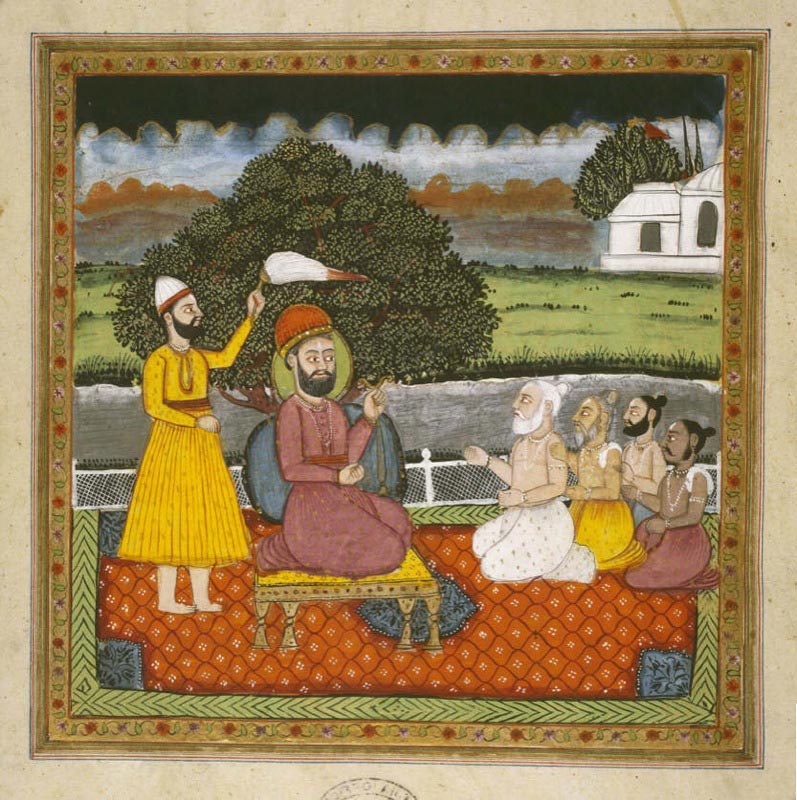
Guru Nanak, founder of Sikhism.
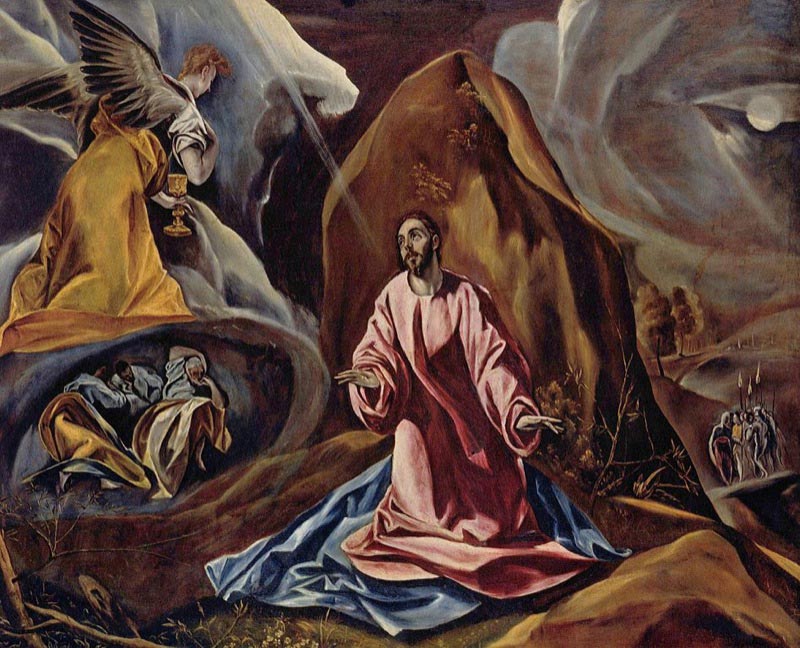
Spain's Golden Age, marked by significant contributions to art, architecture, music, literature and drama.
Queen Isabella of Castile marries King Ferdinand of Aragon uniting Spain's two main kingdoms.
Fernao Gomes gradually explores the West African coast, reaching what is now Ghana and the Ivory Coast. He is given a monopoly over the 'Guinea trade'.
The Inca Empire engulfs the nearby Chimu people, extending their influence to Quito in Ecuador.
Albrecht Durer.
Michelangelo.
Kiva Han, the first coffee shop in the world is opened in Constantinople following the introduction of coffee by Arab traders.
The Spanish Inquisition is established.
The Portuguese establish a fort in Ghana to protect their gold.
Raphael.
Martin Luther.
The Muscovite Kingdom commences a series of campaigns against the Siberians to gain control of territory and the fur trade.
Shogun Yoshimasa encourages tea drinking at court.
Diego Cao discovers the mouth of the River Congo.
Bartolomew Dias discovers the Cape of Good Hope and a viable maritime route to India and the Spice Islands.
Pedro da Covilha is sent by John II of Portugal to explore trade in spices with India. He journeys overland via Alexandria, Cairo and Ormuz. He then completes a second mission to Ethiopia via Mecca and Medina.
Lorenzo di Medici desires to create trading relations between Florence and India, thus creating a connection to China. An ambassador from Egypt brings him many gifts, including porcelain.
Titian.
The Duke of Medina Sidonia reduces taxes on wine, encouraging the sale of Sack to English merchants.
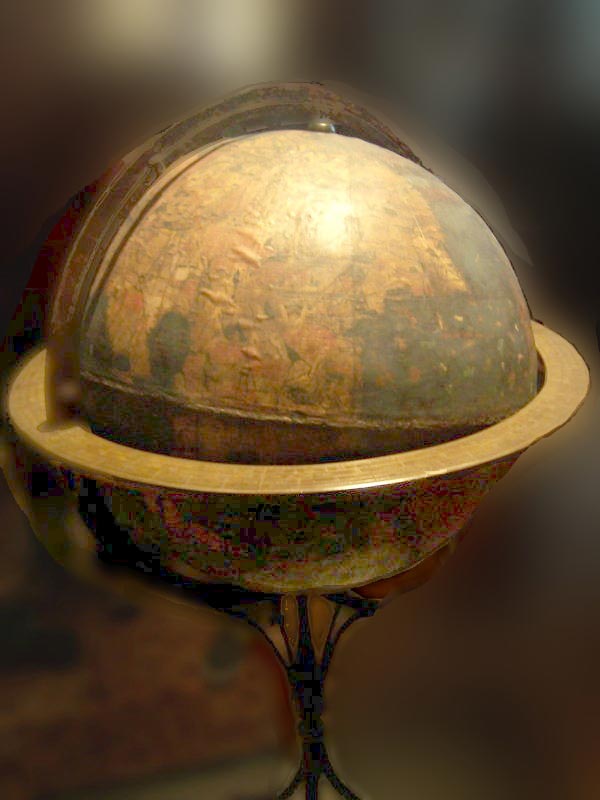
The Nurnberg Terrestrial Globe is compiled by the mapmaker Martin Behaim.
Columbus is given tobacco leaves by Bahamaian natives, but throws them away.
Sailing with Columbus, Rodrigo de Jerez and Luis de Torres see natives smoking on Cuba and become the first Europeans to try smoking.
Ferdinand and Isabella retake all Muslim held land in Spain, completing the Reconquista. Jews are also expelled.
Santo Domingo becomes a Spanish colony.
Christopher Columbus's first voyage, intending to reach Asia by a Western route, results in his discovery of the Bahamas, Cuba, and Hispaniola before returning to Spain.
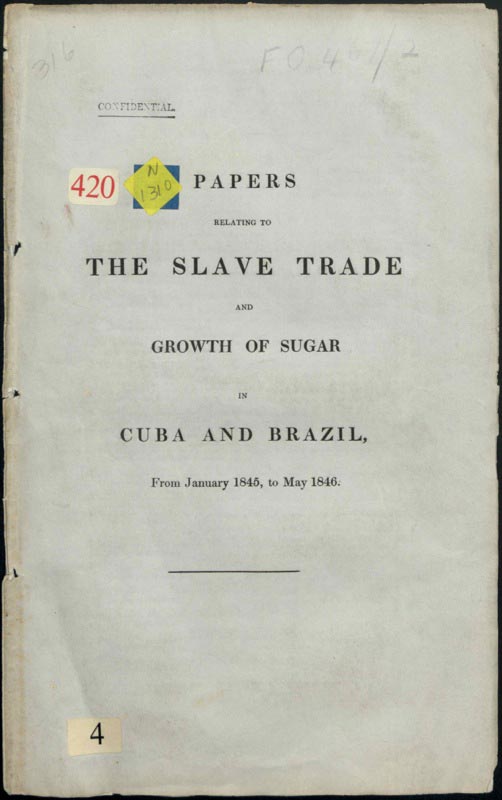
Columbus takes sugar cane to the Americas, where it grows easily. This marks the foundation of the sugar industries in Jamaica, Haiti and Cuba.
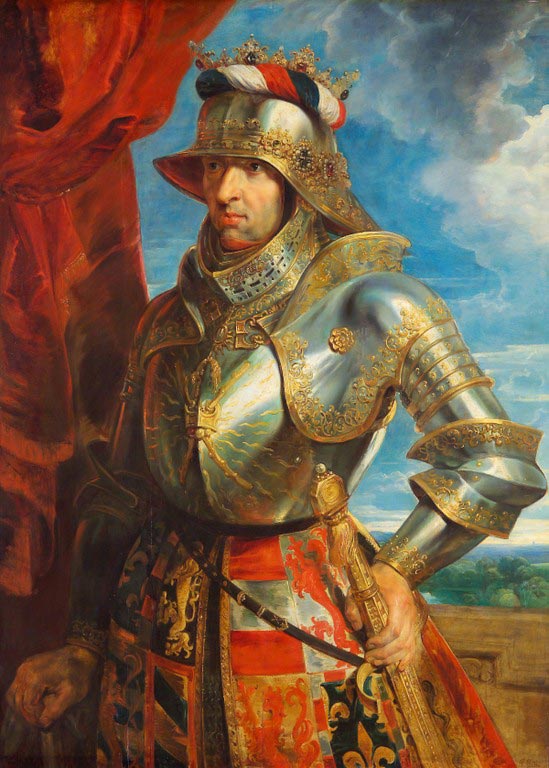
Maximilian I is made Holy Roman Emperor and expands the Empire through marrying Mary of Burgundy and linking his son with the Spanish Royal family.
Columbus. Second voyage reaches Leeward Islands, Jamaica, Puerto Rico and Hispaniola.
Rabelais.
Columbus discovers Allspice and Chili Peppers (capsicums) in the Caribbean.
The Treaty of Tordesillas divides territories discovered outside Europe between Portugal and Spain. Working on a meridian 370 leagues West of the Cape Verde Islands, the Pope's decision gives Spain most of South America (except Brazil) and gives Portugal all of Africa.
The Italian wars. Charles VIII invades Naples and sacks Rome with the aid of German mercenaries in 1527, but is eventually repulsed and forced to give up all claims to Italy in 1559.
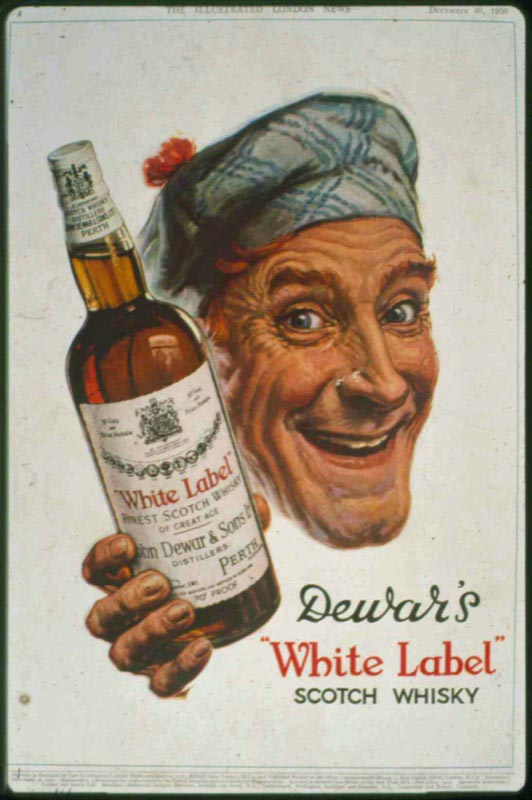
The first written mention is made of Scotch Whisky, distilled in Fife.
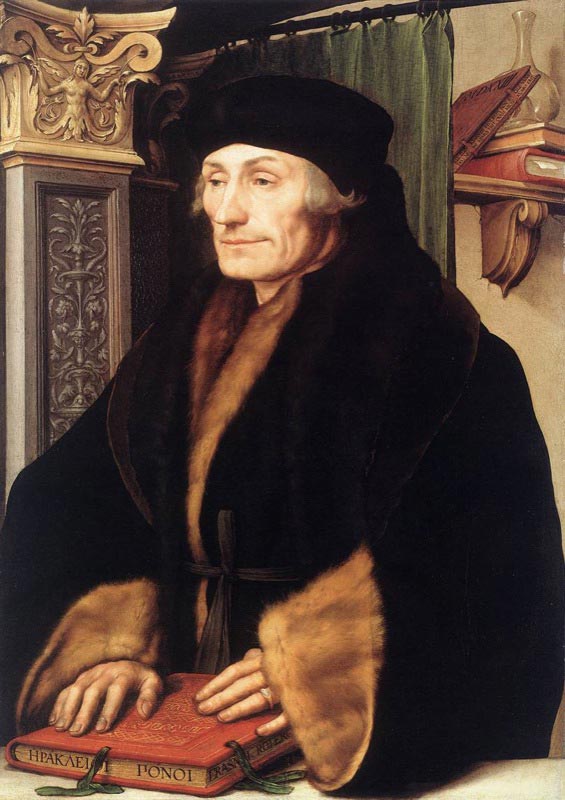
Hans Holbein, the Younger. Finds patronage in England.
John and Sebastian Cabot sail in the 'Matthew' to Newfoundland in an attempt to find a North-West passage to the East. Their landfall in June 1497 is the first corroborated landing in North America.
Portuguese explorer Vasco da Gama is the first European to successfully sail to India. He reaches the spice centre at Calicut via the Cape of Good Hope and Malindi, East Africa, where he establishes relations and encounters Indian traders.
Portugal dominates the Spice Trade.
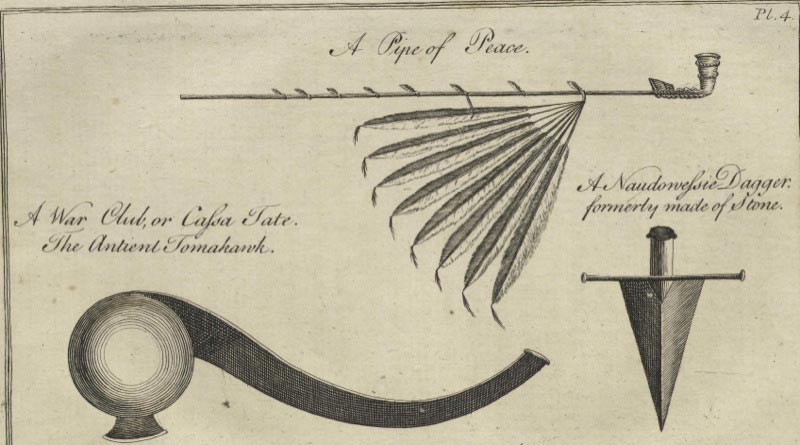
Columbus names Tobago after the tobacco pipe used by natives.
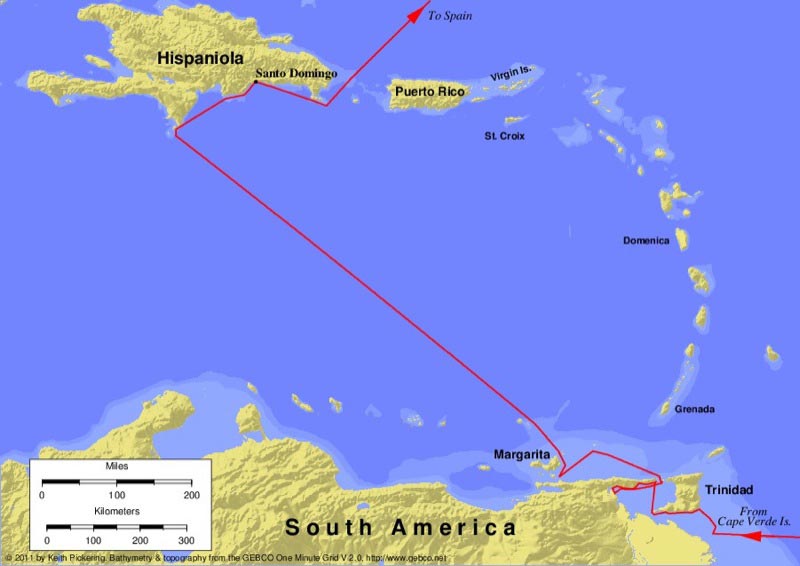
Columbus. Third voyage reaches Trinidad, Venezuela and Hispaniola.
Italian cartographer and explorer Amerigo Vespucci makes several voyages to the Americas, visiting Guyana, Brazil, the Amazon, Trinidad and Hispaniola.
Rodrigo de Bastidas explores Central America including Venezuela, Colombia, the Gulf of Darien and Panama.
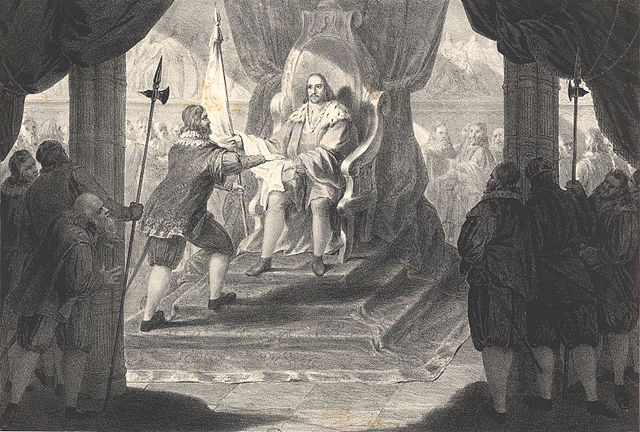
The explorer Vasco de Gama presents Manuel I of Portugal with porcelain containers.
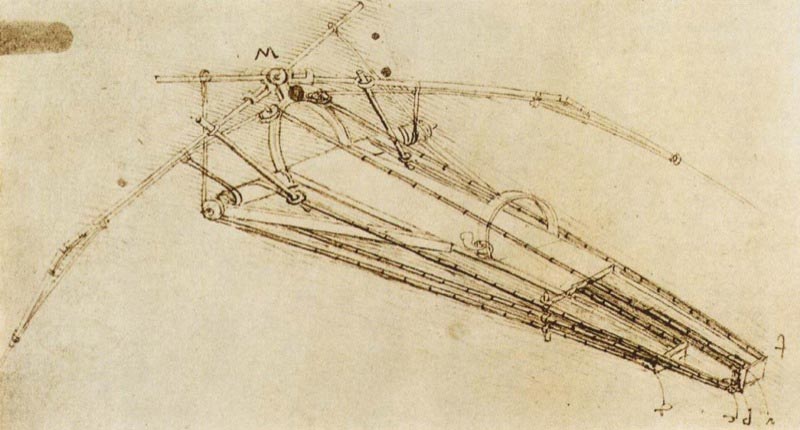
Leonardo da Vinci is credited with inventing flying machines.
Cabral discovers tobacco in Brazil.
Portugal introduce tobacco smoking to Indonesia and South and East Asia.
Cotton is grown in Peru.
Roughly 85% (75,000 - 100,000 tonnes) of the world's silver is mined in Mexico and Peru.
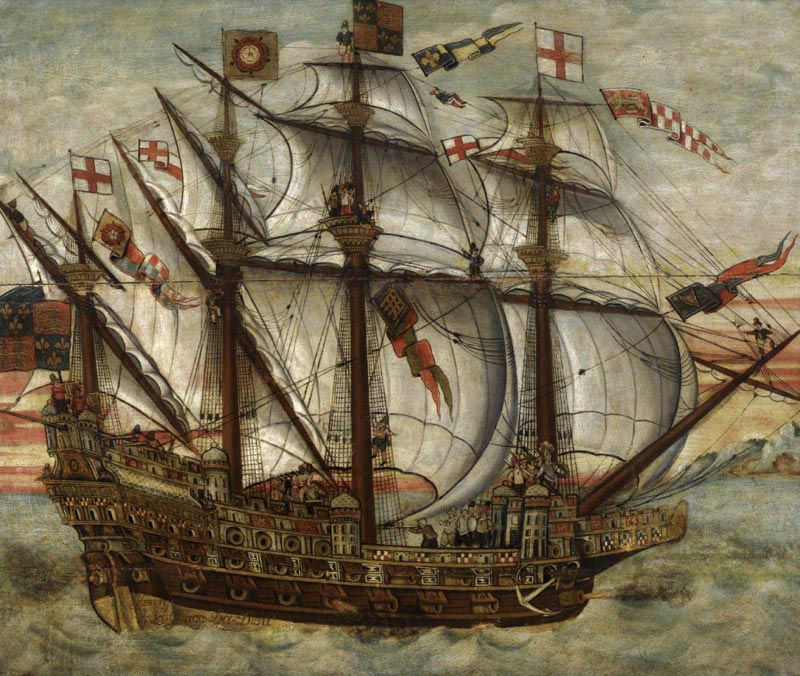
Henry VIII expands the Royal Navy, increasing the demand for timber, much of which comes from the New Forest.
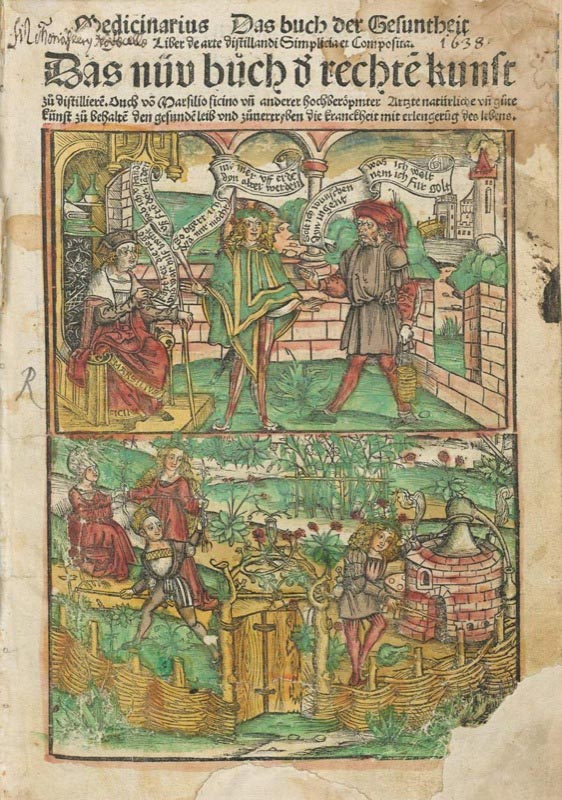
German scientist Hieronymous Braunschweig writes Liber de arte distillandi, 'The Art of Distilling'.
Portugal challenges Arab influence in Mozambique.
Pedro Alvares Cabral leads the second Portuguese fleet to India, but is blown off course and discovers Brazil. Continuing to Calicut, Cabral was faced with riots at the Portuguese factory, lead by Arab and Indian traders.
Columbus notices that cacao beans are used as currency by local people.
Vasco da Gama makes a return visit to India, exacting gold tribute from tribes in East Africa, sinking Arab vessels and bombarding Calicut in an attempt to force open trade once again. He collects spices at Cochin and Cannanore.
Columbus. Fourth voyage reaches Hispaniola, Cuba, Honduras, Nicaragua, Costa Rica, Panama and Jamaica, looking for gold mines.
Italian explorer Ludovico di Varthema follows the path of Covilha and treks to Cairo, Damascus, Mecca, Medina, Jeddah, Goa, Calicut, Malabar, Sri Lanka, Sumatra and the Moluccas (the Spice Islands) before returning home to describe his journeys.
The first African slaves are brought to Hispaniola.
Francisco de Almeida is sent on an expedition to build forts, subdue Indian resistance and to displace Arab trade with the Spice Islands and India. Almeida is killed.
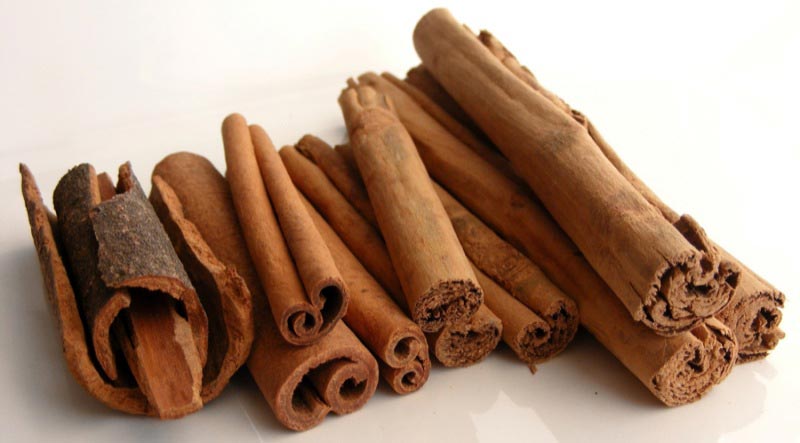
Lourenço de Almeida discovers Sri Lanka, source of cinnamon.
Martin Waldseemuller publishes a world map and uses the name 'America' in honour of Amerigo Vespucci whose letters describing his voyages were very popular.
Afonso de Albuquerque raids Muscat and captures the Ormuz, which controls traffic into the Persian Gulf.
The War of the League of Cambrai. Combined French, Papal, German and Spanish forces seek to curb Venetian power, but the alliance collapses when Pope Julius II switches sides.
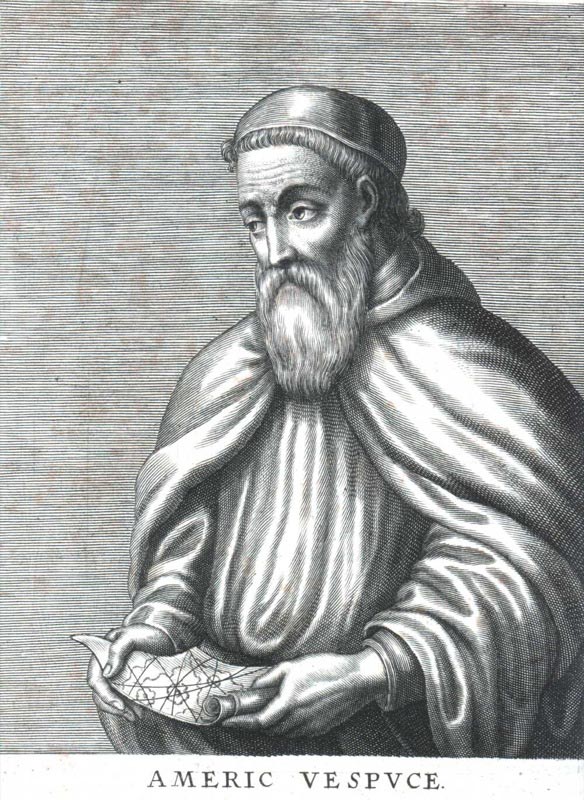
Amerigo Vespucci is appointed Chief Navigator and put in charge of voyages to the Indies.
Vicente Pinzon searches for passage to the East Indies, but finds Honduras and Yucatan.
John Calvin, Protestant reformer.
African slaves are brought to Jamaica by the Spanish to work the sugar plantations.
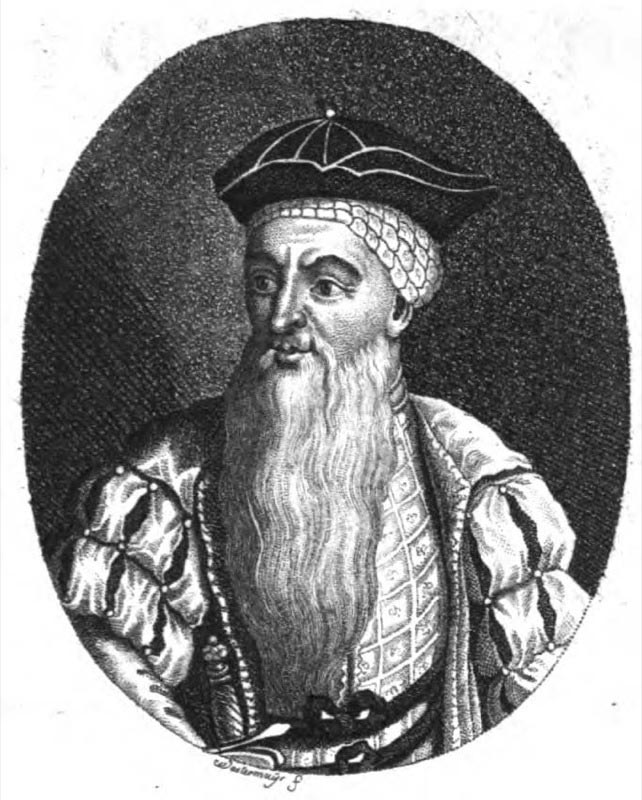
Afonso de Albuquerque replaces Almeida as Governor of the Portuguese Indies and establishes the Portuguese trading centre at Goa.
The French Royal Palace of Chambord commences construction.
Khair Beg, Governor of Constantinople, bans coffee. After a week he is executed and replaced and coffee is reinstated.
Spanish settlers establish coffee, sugar and tobacco plantations on Cuba.
Afonso de Albuquerque conquers Malacca on the Malay peninsula, and discovers the location of the Spice Islands.
Antonio de Abreu and Francisco Serrao sail from Malacca to the Spice Islands, trade for nutmeg at the Banda Islands and establish a fort at Ternate.
The first tin-glazed pottery is made in Antwerp by Guido de Savino. This type of pottery was later to become well known from the Delftware produced by Dutch potters at Delft.
Juan Ponce de Leon sails from Puerto Rico and discovers Florida and the Gulf Stream currents.
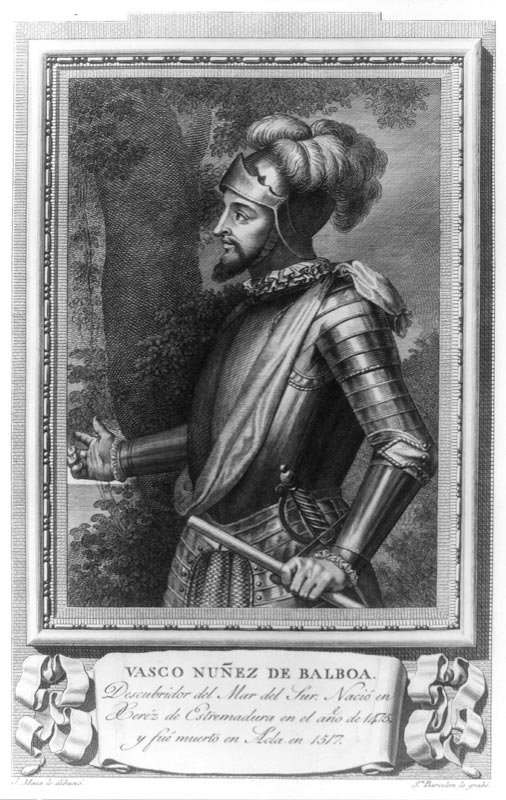
Vasco Nunez de Balboa leads a party across the Panama isthmus and becomes the first European to see the Pacific Sea.
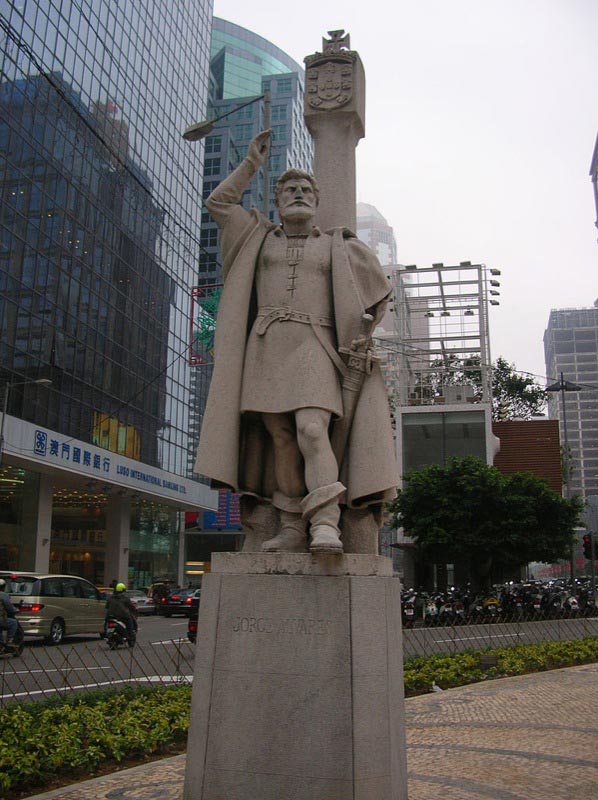
Jorge Alvarez and Rafael Perestrello sail from Malacca to Canton, China, and are the first Europeans to trade with merchants there.
Selim I expands the Ottoman Empire capturing Jerusalem and Cairo and gaining control over Persia and Egypt.
Pietro d'Anghiera describes the taking of tobacco as snuff on Haiti.
Thomas More ridicules the arbitrary value of gold in Utopia.
William IV of Bavaria regulates the ingredients of beer as water, hops and barley-malt.
Vines are planted in the Canaries.
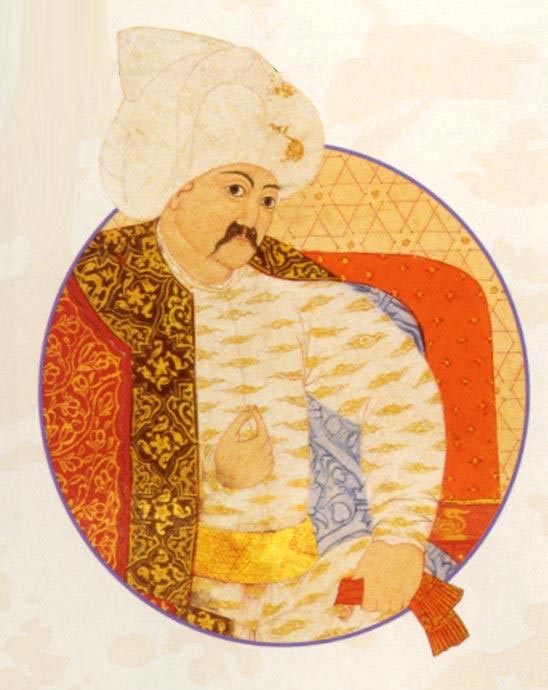
Selim I, Sultan of the Ottomans, captures Al-Mutawakkil, the final Caliph, and takes him to Constantinople, ending the Caliphate.
The Portuguese establish a fort at Colombo, Sri Lanka.
Portuguese merchants begin to trade Chinese porcelain along sea routes. The term porcelain is purported to originate from the Portuguese ‘porcellana’ – little pig.
Tintoretto. Later leader of the Venetian school.
Alonso Alvarez de Pineda explores Florida and discovers the Mississippi River.
Cortez observes Aztecs in Mexico smoking cigarettes.
Hernando Cortes lands on the Gulf Coast and discovers the Aztec Empire.
Ferdinand Magellan sails from Spain to South America and discovers the Straits of Magellan. Despite losses they continue to the Philippines where Magellan is killed. Sebastiano del Cano returns home via the Moluccas (where he picks up 26 tons of cloves) and the Cape of Good Hope to complete the first circumnavigation of the world.
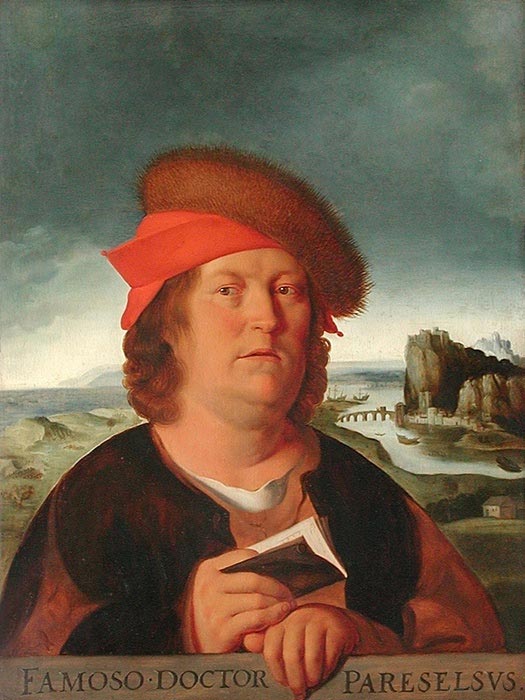
Austrian scientist Paracelsus invents laudanum, a solution of opium alkaloids in alcohol. It was used to suppress pain and remained popular in Europe for over 400 years.
Smallpox wipes out a large portion of the Aztec people.
Suleiman the Magnificent reigns as Ottoman Emperor.